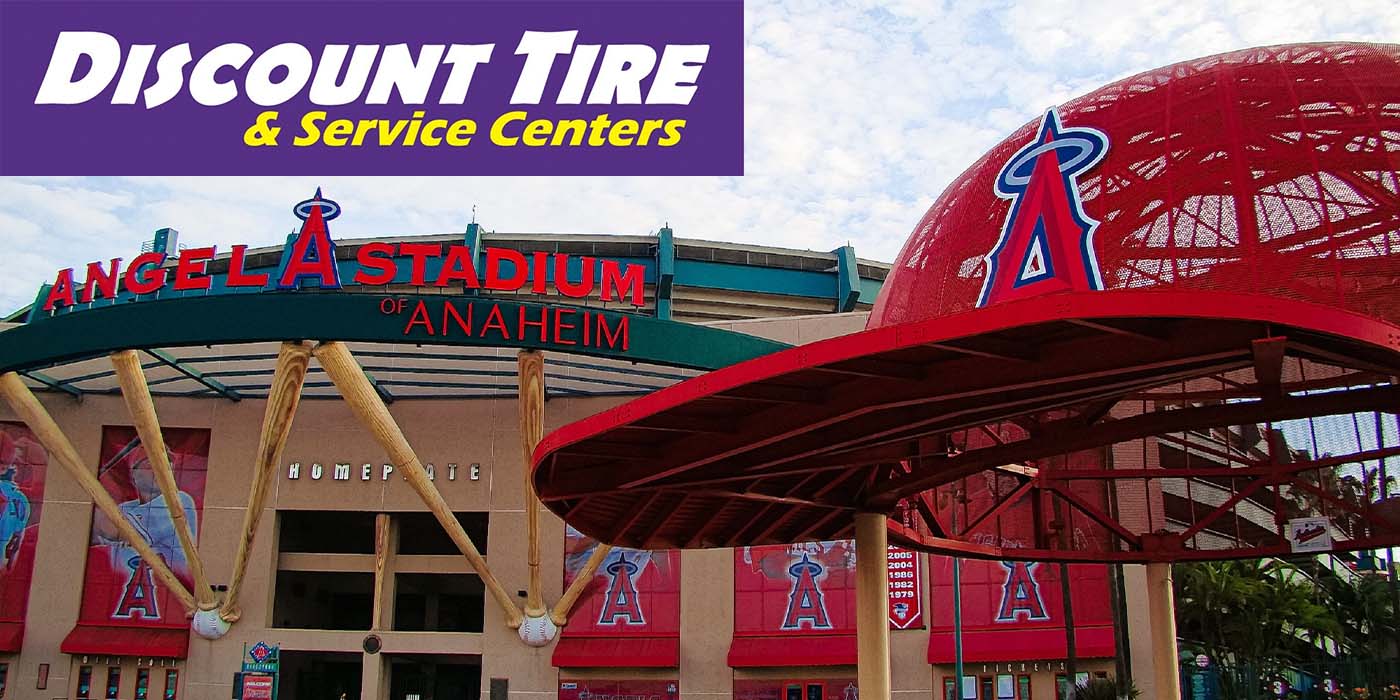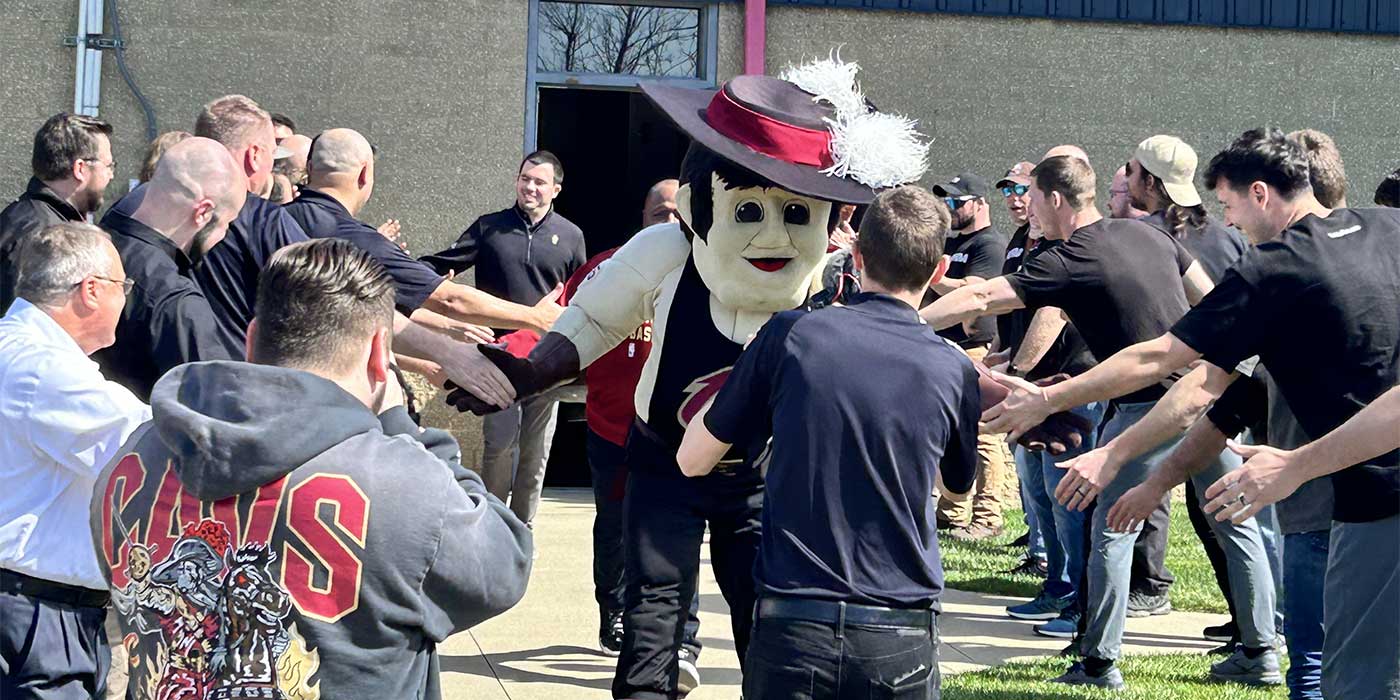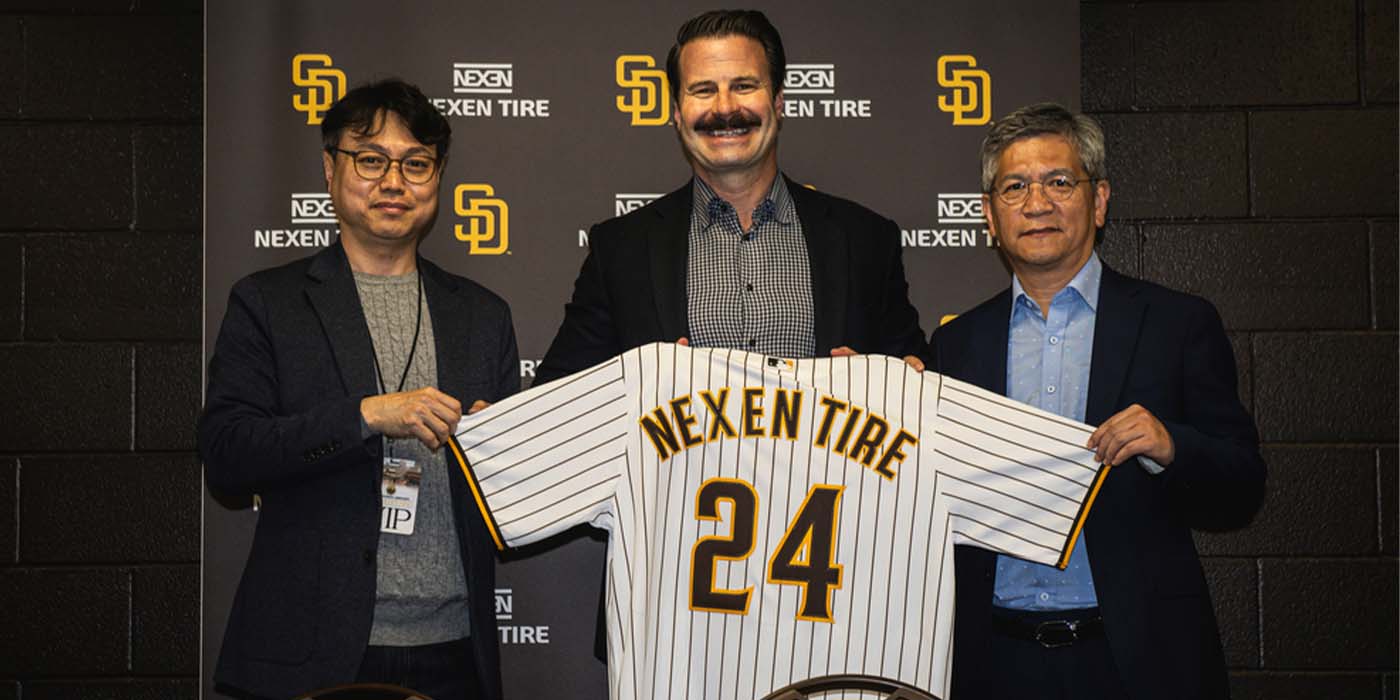Reaching Out to All Demographic Groups is Vital to Success in Today’s Diverse Marketplace
Everywhere you turn today you hear and read about diversity – and its importance to and impact on our nation’s economy and harmony. Large corporations have gone so far as to install diversity officers, managers in charge of making sure people from diverse groups are hired and promoted on an equal opportunity basis. These programs are working well, for the most part.
But what does that mean to an independent tire dealer trying to sell tires to customers from a wide range of demographic groups – Hispanics, African-Americans, Asians, women, seniors, Gen-Xers, Millennials, gays/lesbians? Some tire dealers are trying to replicate a few programs offered to them by their suppliers. Others are hiring employees who can relate to specific groups, such as the Hispanic populations in Southern California, and are mounting advertising and promotion campaigns targeted to these groups.
Diversity and civil rights programs didn’t catch the attention of the majority of American citizens until 1954 when the U.S. Supreme Court ruled that segregated public schools were unconstitutional. In 1963, the 24th Amendment abolished the poll tax that had been levied in 11 southern states since the Reconstruction. A real civil rights landmark came when President Lyndon Johnson signed the Civil Rights Act of 1964, which prohibited discrimination based on race, color, religion or national origin.
In the years since, Congress, presidents and the courts have reviewed and refined discrimination laws, extending them to encompass gender, age and even sexual orientation. All of these actions set the stage for our current society and made diversity programs more important. Current diversity efforts are coupled with training and education programs in larger corporations – and in larger dealerships, as well.
It is estimated that there are 289 million residents of the U.S. The Hispanic population became the largest minority group in the U.S. about five years ago. According to 2006 U.S. Census Bureau figures, there are 43.2 million Hispanics in the U.S., 65.5% of that number being Mexican. The largest concentration of Hispanics is in the West, with 26.6%, followed by 14.5% in the South. The Northeast claims 11.3% and the Midwest only 5.3%.
The U.S. Census Bureau says that Garcia and Rodriguez are in the top 10 of the most common surnames in America. Garcia jumped from No. 18 to No. 8 on the list and Rodriguez from No. 22 to No. 9. Martinez was No. 11, just behind Wilson. In addition, Hernandez was No. 15 and Lopez No. 21.
According to Selig Center, Hispanic buying power (disposable income) in the U.S. reached nearly $864 billion in 2007. That was an 8% increase over 2006 and a 300% increase from 1990. This buying power is more concentrated in specific geographic areas (California, Texas, Arizona, New Mexico) than other minority groups.
The population of African-Americans in 2006 was estimated at 40.2 million, or 13.4% of the U.S. population. Eighteen states have more than 1 million black residents, and African-Americans remain the largest minority population in 22 states.
The U.S. Asian population in the 2000 census was approximately 12 million, including Asian Indians. Chinese (excluding Taiwanese) led in numbers with 2.8 million and Filipinos were second with 2.4 million, followed by Asian Indians with nearly 1.9 million. While currently at about 5% of the total population, by 2050 Asians will comprise 9% of the total, according to the Pew Research Center.
While technically not a minority group from the standpoint of total population, women are counted in this category because of previous lack of equality in the job market, in particular. Again according to the U.S. Census Bureau, women account for nearly 151 million residents, or slightly more than 50% of the population.
Figures for the gay/lesbian population are not as clear as for other groups. It is estimated by various tracking organizations that they comprise anywhere from 4% to 10% of the population, translating into a population between 11.6 million to 28.9 million people.
Add one other group to the list of minorities – those with disabilities. The mentally or physically disabled total an estimated 54 million. And we haven’t even mentioned senior citizens, which the government does not necessarily count as a separate minority group.
Combined, all of these unique groups make for a huge marketplace for tire dealers.
Manufacturers Behind Programs
Tiremakers are totally behind diversity programs because they make the companies stronger, offer advancement to those who deserve it, and help build relationships with consumers. While these are programs run across large corporations, tire dealers can learn a thing or two about the importance and bottom line benefits of actively approaching a diverse workforce and customer base.
Michelin North America’s core value, “Respect for People,” is a backdrop for the company’s diversity management initiative. Since the company began its formal program in 2002, Michelin has backed its commitment by focusing on leadership engagement, diversity learning opportunities and talent management.
Michelin’s diversity initiative is led by a group of top managers called the Diversity Summit Managers. This group was formed in 2003 to establish specific company commitments to diversity progress. Its success in tying diversity management to the achievement of business objectives has been at the core of the company’s diversity progress.
When Michelin first launched its program, the company made a determined effort to train all of its North American employees on basic diversity concepts, the company’s approach to diversity and diversity skills practice. In 2006, Michelin shifted its diversity learning from one four-hour program to several high-impact short courses.
In 2008, Michelin will roll out its first computer-based diversity training. And various MNA locations have established their own diversity councils to address the particular interests and needs in their areas.
“All of the talent, all of the time,” MNA’s diversity tagline, describes the company’s position that its strength lies in its people. In today’s competitive business environment it is more important than ever that the company attract, retain and develop the best talent available, officials said.
According to Marcus Williams, vice president of diversity, “Michelin’s diversity journey is far from over, but the company is committed to finding new and better ways to leverage its diversity for the benefit of its employees and the sustained success of the company.”
Michelin can’t control what its independent dealers do regarding diversity, but the company’s own program can serve as a model.
Spanish-Speaking Customers Served
Bridgestone/Firestone North American Tire also has a number of diversity programs, some of which reach the dealer level. Whether you are an automotive enthusiast seeking new tire options, a consumer seeking a location for tire replacement, a teacher looking for unique educational materials or a car buff wanting to showcase your vehicle, BFNAT hosts a Web site – www.bridgestonetire.com – in Spanish that has something for everyone.
BFNAT continues to expand the ways in which it reaches out to its customers. Since the Hispanic population has grown tremendously in the U.S., the company has grown its services with this customer segment. The company looks at marketing as an evolutionary process and at diverse markets as ways to expand its audience reach. BFNAT understands that there are strengths from having a diverse workforce and serving a diverse customer base.
BFNAT launched a marketing campaign seven years ago with its Web site, TireSafety.com, in Spanish (www.neumaticosseguros.com), designed to provide important tire safety information to the Spanish-speaking population. The company’s ultimate goal in developing the Internet site was to make the site more user-friendly for its visitors.
The campaign was later expanded with Spanish language advertisements in magazines, regional newspapers and on television. Spanish language magazine advertising appeared in Newsweek en Espanol, People en Espanol, Selecciones, Men’s Fitness en Espanol, Automundo and Motor Trend en Espanol. Television spots ran on cable networks Telemundo, Telefutura and Univision.
BFNAT also supports the Hispanic population through its Bridgestone/Firestone Trust Fund, which supports education, environmental and youth-oriented programs important to the Hispanic population, as well as the public at large. Typical contributions are those to the Hispanic Scholarship Fund, San Francisco; Johns Hopkins University Center for Talented Youth, Baltimore; the National Council of La Raza, Washington, D.C.; the National Minority Aids Council and the Amigos de las Americas, Houston.
Goodyear also conducts a substantial diversity program and has worked diligently to form partnerships with minority organizations. The company regularly participates in activities of these organizations. An example is the annual convention of La Raza, the nation’s largest Hispanic organization. La Raza’s mission is to improve life opportunities for Hispanic Americans. In addition to being a corporate sponsor for the annual convention, Goodyear also utilizes La Raza for recruitment and outreach purposes.
“We recognize the world’s population demographics are drastically changing,” says Dave Stoltz, Goodyear’s global diversity initiatives manager. “Our goal is to continue to grow our company by providing quality products and services to all of our communities.” Because of its proactive stance, Goodyear was chosen recently to receive the Hispanic Business Association’s Corporate Community Relations Award. The award is presented annually to the company that demonstrates support and commitment to the Hispanic community.
Goodyear also announced recently that it selected two interns for its Goodyear Racing and Diversity Program. The interns participated in activities surrounding the Daytona 500.
Even with all of the concentration on diversity programs, minority groups are still filing lawsuits against companies for discrimination. In February 2008, eight black employees at Bridgestone/Firestone’s Des Moines farm tire plant filed suit, claiming that they and other employees were subjected to racial harassment and discrimination at the plant.
Goodyear was ordered by a King County, Wash., jury to pay a Seattle woman nearly $4.4 million. The jury found the company had discriminated against the former company store employee after she was demoted because of her sexual orientation.
Attraction of the Hispanic Market
The Hispanic market is huge and growing, but that’s not the only reason that tire dealers should be interested in growing their share of this market. Hispanics have a strong tendency toward higher than average brand loyalty, which translates into a group of
long-term customers. Price is important to these customers, but also good customer service, brand name and quality, even with the lower income segments of this market. Family is also important to Hispanics. If you sell to one family member, you are very likely to sell to other members of the same family.
Tire dealers should recognize that Hispanic customers can be attracted by several key elements, including having Spanish-speaking employees, running Spanish-language ads and promotional materials, offering bilingual signage, and involvement in local community events.
The name of the game here is relationship building, more so than in other markets. And this is not restricted to just Hispanic customers. Dealers would be smart to tailor their product, service, promotion and community involvement efforts to be more reflective of their base communities.
Another element that should be considered in the sales equation is one of emotion; there should be an emotional payoff for each of the minority groups. In a recent study by Strategic Vision about minority new car buyers, it was learned that Hispanics look for an enhanced sense of security. African Americans are more attracted to products that reflect the success in their lives and express their individuality. Asian Americans showed stronger interest in balanced, complete vehicle performance and style to match their lives.
Success in Southern California
Just as diverse groups build their own communities, minority tire dealers look to accomplish the same, and present a good example of how to effectively meet the unique needs of different customer groups.
An example of one dealer organization that is using a variety of techniques to sell tires to Hispanic customers is that of Perez Tires & Wheels in Rancho Cucamonga, Calif., with a group of stores in Southern California, just 30 minutes from downtown Los Angeles.
“Because of the great concentration of the Hispanic population in our part of California, I have approximately 98% of my employees who are Hispanic and who can converse in Spanish to our customers,” said Jose Perez, owner of Perez Tires & Wheels. “This isn’t meant to be discriminatory regarding non-Hispanic employees. It’s just in recognition of the fact that Hispanic employees relate better to our customer base.” He says that this hasn’t harmed his sales to non-Hispanic customers because his employees are bilingual.
Perez belongs to United Tire Group, a Hispanic-dealer oriented buying group that has more purchasing and negotiating clout. “It has been very beneficial to my company and to other members of the group to be able to make combined purchases of products,” Perez said.
The company advertises in the conventional print publications such as the Pennysaver and Yellow Pages, but also in some Spanish-language publications. Perez said that he also has an Internet presence, which he believes will expand in the future.
The younger Hispanic population is more involved than the average population in customizing and detailing their cars. Perez relates to this group through stocking and selling the types of wheels and tires that these “fast and furious” auto aficionados want. “I even named my company Perez Tires & Wheels,” said Perez.
Reflecting the demands of his customers, Perez sells Hankook, Nitto and Falken brand tires, all designed for the sport compact car market.
The Right Thing Is the Smart Thing
Tire dealers who want to increase their business with minority groups should consider doing a number of things that can help their efforts:
• Hire employees of the group you are trying to reach who can relate better to that group.
• Develop advertising and promotional material tailored to each group – and in Spanish if you are trying to reach the Hispanic population. Consider getting advice from a local marketing communications agency specializing in minority communications.
• Utilize media that are directed to each group – Hispanic media, African American media, Asian media and media directed at gays, seniors or women.
• Tie your dealership into community diversity events.
• Support and/or join minority-based organizations in your community.
• Post bilingual signage and banners in your display area as needed.
Based on experience in dealerships that have followed these suggestions, sales will increase for tires, wheels, accessories and services.
Diversity in hiring and promotion is the law of the land, but the use of advertising, public relations and sales promotion to segmented audiences is not. It is just good common sense. And could pay tremendous long-term dividends to your business.













